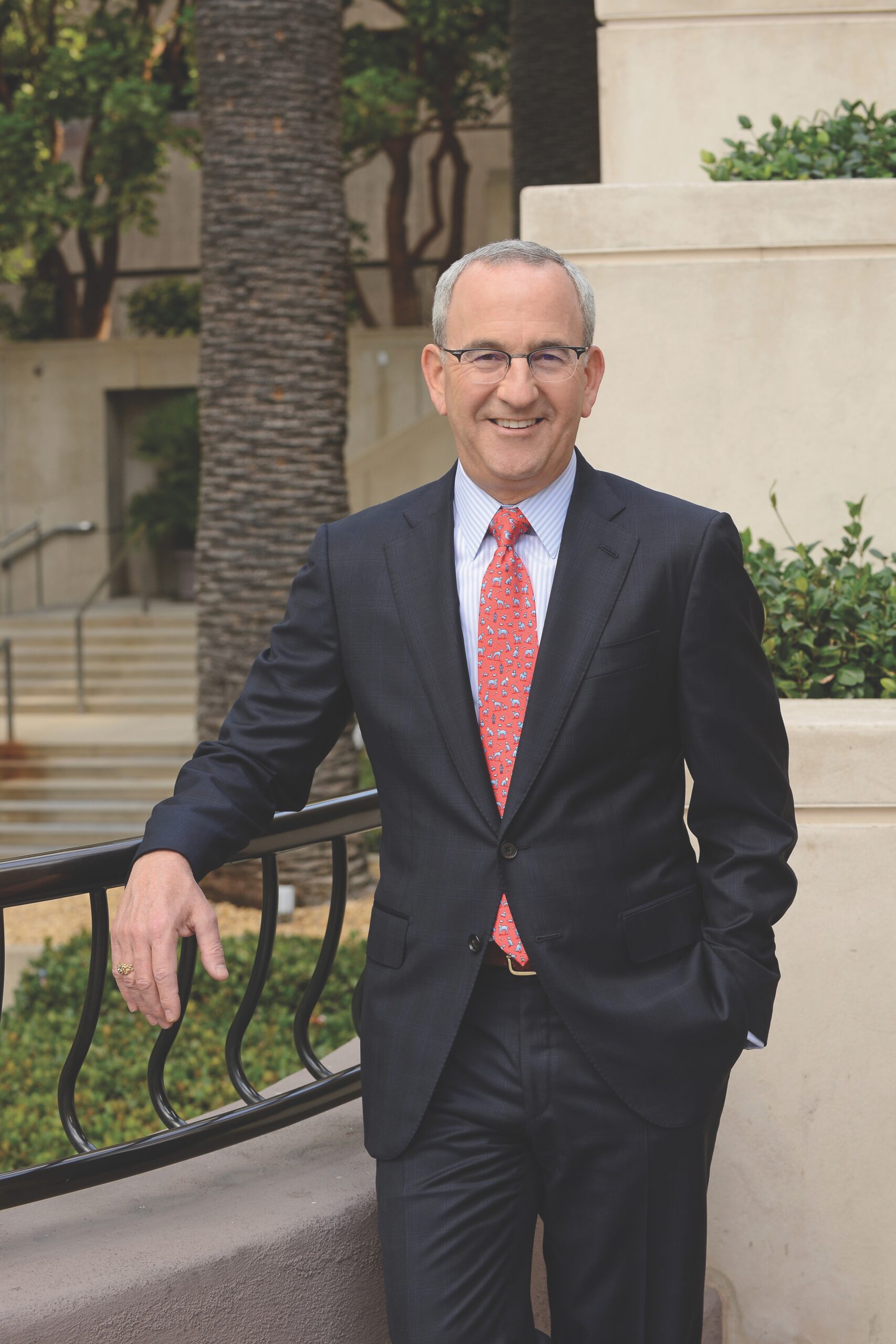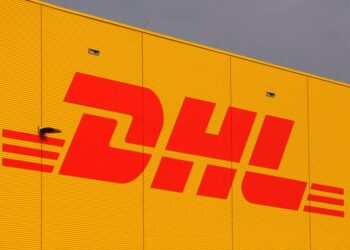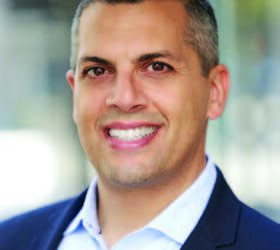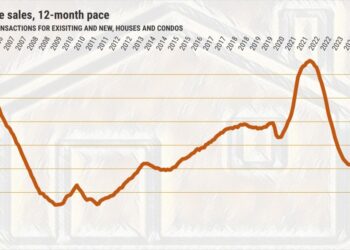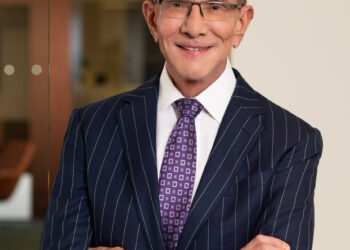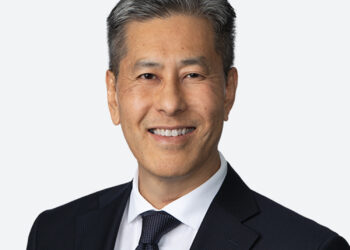Much has changed in the last three decades, but downtown-based Greif & Co. has been a constant for savvy start-ups in need of equity. Lloyd Greif founded his namesake firm in 1992 following a decade-long stint as vice chairman at Sutro & Co. Inc, intent on making his new venture “the entrepreneur’s bank,” the firm’s tagline.
Greif & Co. is focused on merger and acquisition dealmaking, and Greif says that aspect of the business is booming despite murky economic forecasts.
You just celebrated your 40th year in investment banking and the 30th anniversary of Greif & Co. How has the finance industry evolved sincevyou started, and in what ways is it still the same?
Private equity is a much bigger factor in M&A today than it was in the early 1980s. Back then, they weren’t called private equity deals—they were called bootstrap financings or leveraged buyouts, and there were only about 30 PE firms. It was an emerging industry that accounted for less than 1% of M&A transaction volume.
Now there are over 9,000 PE firms with $7 trillion in capital generating nearly 30% of M&A deals by dollar volume. The term “private equity” was coined in the 1990s to give the industry a more respectable veneer—in the late 1980s, you could finance an LBO with 90% or 95% debt and 5% to 10% equity. When those deals went bankrupt in the recession of the early 1990s, it was time to rebrand.
Another thing that’s changed since then is PE deals are no longer so thinly capitalized — a typical PE deal today is more like one-third to one-half equity and the rest debt. So, much firmer footing for the acquired company. Also, the initial focus for LBOs was cash-cow companies that could be milked for all they were worth. Today, it’s all about companies with strong growth potential that can be accelerated. The higher the growth rate, the higher the valuation multiple, the more lucrative the exit for the PE firm.
Finally, back in the go-go ’80s you had…
Read the full article here

